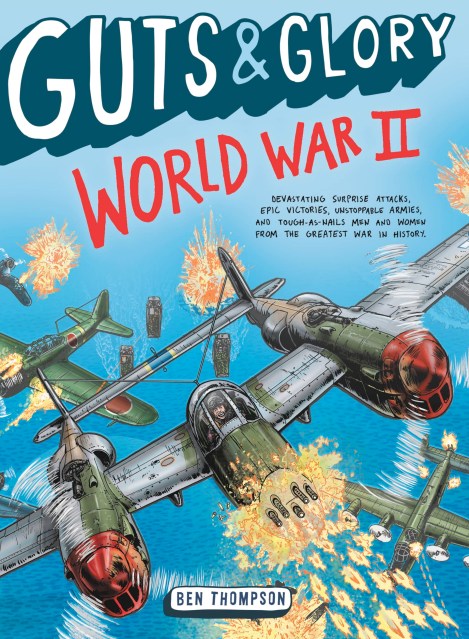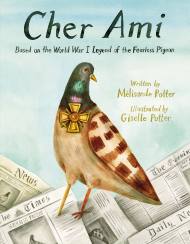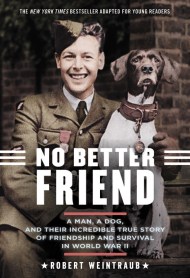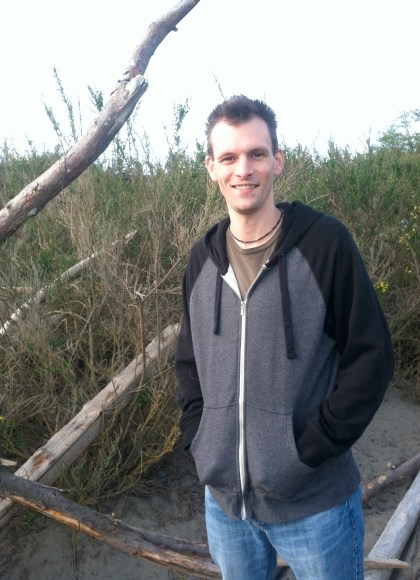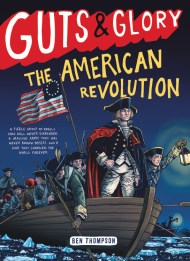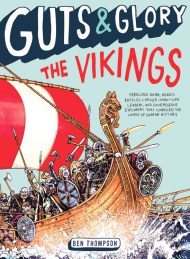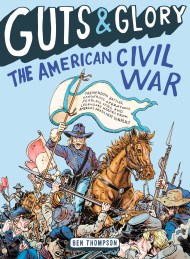Promotion
Use code BEST25 for 25% off storewide. Make sure to order by 11:59am, 12/12 for holiday delivery!
By clicking “Accept,” you agree to the use of cookies and similar technologies on your device as set forth in our Cookie Policy and our Privacy Policy. Please note that certain cookies are essential for this website to function properly and do not require user consent to be deployed.
Guts & Glory: World War II
Contributors
By Ben Thompson
Formats and Prices
- On Sale
- Mar 7, 2017
- Page Count
- 400 pages
- Publisher
- Little, Brown Books for Young Readers
- ISBN-13
- 9780316320580
Price
$10.99Price
$13.99 CADFormat
Format:
- Trade Paperback $10.99 $13.99 CAD
- Audiobook Download (Unabridged)
This item is a preorder. Your payment method will be charged immediately, and the product is expected to ship on or around March 7, 2017. This date is subject to change due to shipping delays beyond our control.
Buy from Other Retailers:
From massive aerial battles that clouded the skies with planes to deathly secret operations deep behind enemy lines, the events of World War II are some of the most awe-inspiring of all time.
Packed with trivia, epic battles, and amazing illustrations, World War II comes alive for kids like no textbook can in this account from Ben Thompson that’s perfect for history buffs and reluctant readers.
Series:
-
Praise for Guts & Glory: The American Civil War:Kirkus Reviews
"The book's greatest strength is its colloquial storytelling.... Thompson's passion for his subject is infectious.... An easy, breezy series opener that should help create a few new history buffs." -
"Action-packed.... Thompson adopts an urgent and sometimes humorous tone that conveys infectious enthusiasm.... A rousing introduction to this defining conflict that makes the history appealing and relatable."Publishers Weekly
-
"Thompson displays a solid knowledge of the Civil War.... He ably covers major battles, campaigns, and figures...mixing informational passages and fact boxes with colorful action sequences."School Library Journal
-
"An entertaining overview.... What brings these events to life, particularly for reluctant readers, is Thompson's spirited, conversational narration.... Should keep students engaged."Booklist
-
Praise for Guts & Glory: The American Revolution:Booklist
"Thompson's books are a meaty delight. Digestible chapters are packed with info, one-page bios hit the highlights of their subject's lives, and sidebars full of interesting tidbits are all part of the appeal of the nonfiction Guts & Glory series.... A very satisfying read that even adults will find useful."
Newsletter Signup
By clicking ‘Sign Up,’ I acknowledge that I have read and agree to Hachette Book Group’s Privacy Policy and Terms of Use
